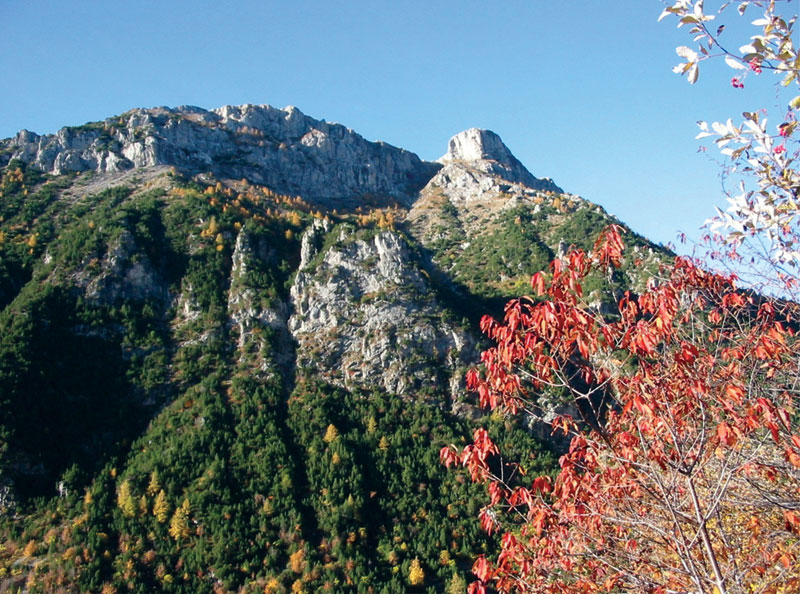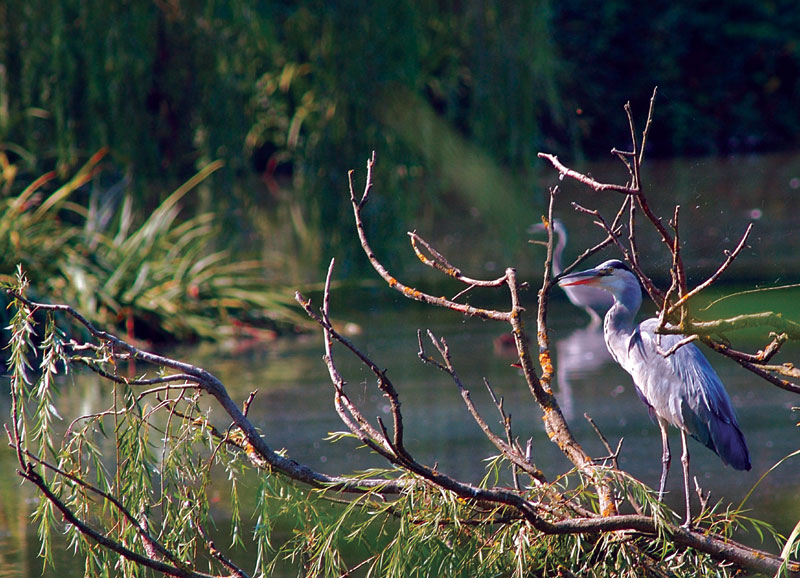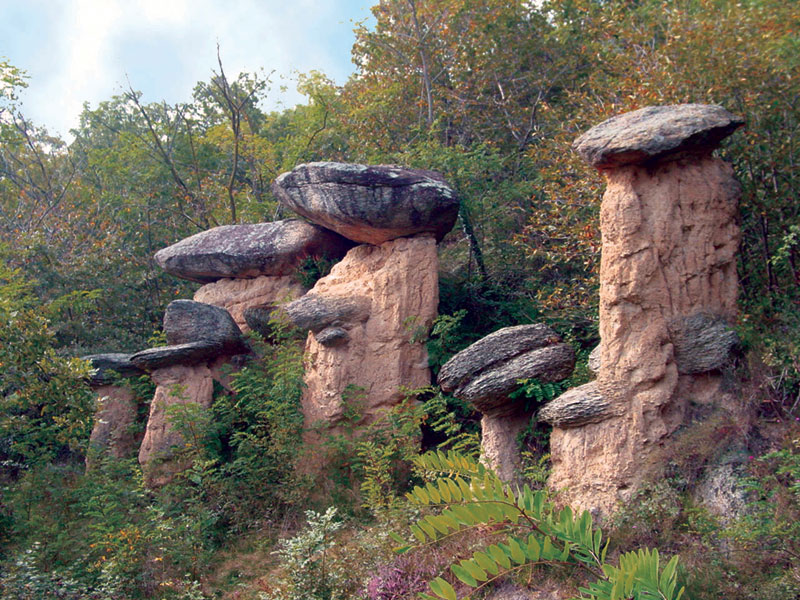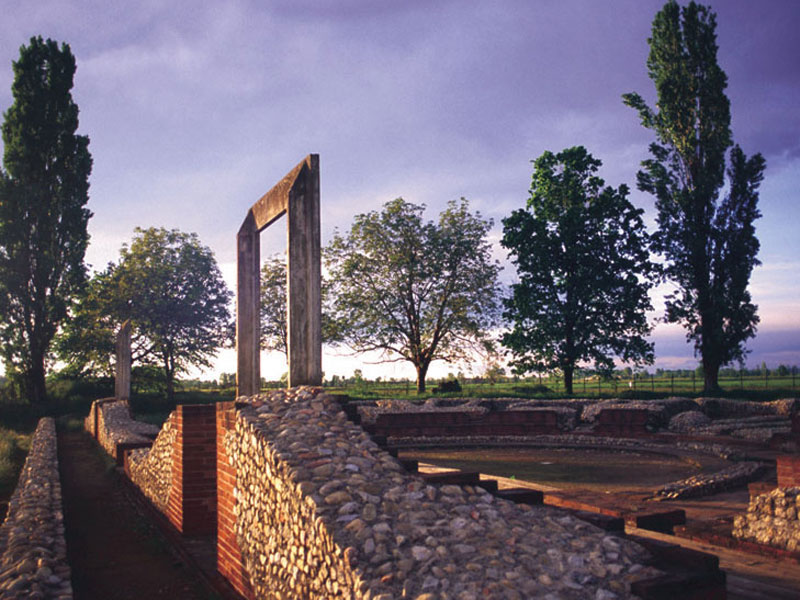Protected Areas
Identity Cards
- Regions: Piemonte
- Provinces: Cuneo
- Park Authority: Ente di gestione del Parco naturale del Marguareis
Marguareis Park
The Park includes the two opposite slopes of Mt. Marguareis (2,651m), the highest and most fascinating summit of the Ligurian Alps, with the Pesio Valley and the Upper Tanaro Valley which are very different one from the other, but also so rich in history, monuments, and landscapes.
The most important Alpine karst system of Piedmont is situated within the Park, with more than 150 km of explored caves reaching the depth of 1,000m.
The landscape is characterized by large woods of silver fir, beech tree, and larch. The Pesio Valley, for its geographical position and its climate, boasts of a great variety of floral species (about 1,500): here continental and Mediterranean Alpine species live together, such as Cypripedium calceolus, Saxifraga cernua, Phyteuma cordatum, and Viola pinnata.
As far as wildlife is concerned, in the area there are the characteristic alpine species. It is of particular interest the reintroduction of the roe deer and the deer, while birds are represented by important species such as the golden eagle and the black grouse. Since a few years an important predator, the wolf, has appeared.
Certosa di Pesio, founded in 1173, represents a unique feature in the area. The arrival of the Carthusian monks shaped the whole valley from a cultural, environmental, and landscape point of view. Thanks to the shrewd management of the territory and above all of the woodlands by the monks, nowadays it is possible to admire arboreal species which have become rare in other places.
On the Tanaro slope, the traditional inhabited nuclei of Carnino are worth a visit.
Crava Morozzo Nature Reserve
The first protected area in the history of LIPU, the nature sanctuary was born with the aim to safeguard the wetland and to promote its naturalistic and didactic potentialities. It is one of the rarest plain wetlands of the southern section of Piedmont, where about 200 species of aquatic and non-aquatic birds have been recorded. The LIPU and the Park Authority - which manage the Nature Reserve together - have created some artificial ponds; Oasi di Crava Morozzo is therefore a perfect place to practice bird watching. During the year, it is possible to observe non-migratory species, such as the Mallard, the Grey Heron, the Coot, the Little Grebe, and migratory species, such as the Pochard, the Shoveler, the Pintail, the Purple Heron, and the Great White Egret.
Ciciu del Villar Nature Reserve
Situated in the piedmont area between Dronero and Busca, this Nature Reserve protects an extraordinary geological phenomenon: the erosion columns. The so-called "stone mushrooms" derive from the selective erosion of a single side, and can be found here in considerable quantities and characterized by different sizes.
The itinerary across this "rocky garden" can be carried out along the Equipped Trails, while at the entrance of the Nature Reserve the Visitor Center (Tel. +39 0171 902427) will welcome you with the related services, picnic areas, and its sport, tourist, and hiking trails. A self-guided didactic trail called "Ciciuvagando" is a real museum leading you to discover the peculiarities of the protected area. The Nature Reserve is open all year round.
Augusta Bagiennorum Nature Reserve
The towns of Bene Vagienna and Lequio Tanaro are situated where the Cuneese plateau is cut into by deep valleys meeting in the middle course of the river Tanaro. Between them, the deep valley of the stream Mondalavia stretches: it is an area of great naturalistic value situated at the edges of what was once one of the main Roman local towns: Augusta Bagiennorum.
The presence of the Nature Reserve invites to visit both the archaeological excavations in Roncaglia (free entrance) and the naturalistic and landscape beauties of the area. During the archaeological excavations the ruins of the Quadrangular Towers, the Forum, the Temple, the Civil Basilica, the Baths, the Aqueduct, and several houses have been found. The big Amphitheater was situated outside the town (today it has been partially brought back to light thanks to an important excavation campaign promoted by the Municipality of Benevagienna and by the Archaeological Department).
Sorgenti del Belbo Nature Reserve
In the area of Alta Langa, a few kilometers from Ceva, there is a small undulating plateau lying among the towns of Montezemolo, Camerana, and Saliceto, at the border between the provinces of Cuneo and Savona. Among these hills covered with woods the stream Belbo has its source: it meanders for some kilometers through wetlands, where people fond of botany can admire important flowers.
The area is beautiful for in-between season walks, while in winter you can practice cross-country skiing.
A thick net of narrow roads and trails makes the area suitable for mountain-biking and horse riding. The visitors are welcomed in Montezemolo by the new Park Visitor Center and by some picninc areas. The geographical position of this Nature Reserve transforms it in one of the best laps in the tourist itineraries of Langa and Tanaro Valley.










